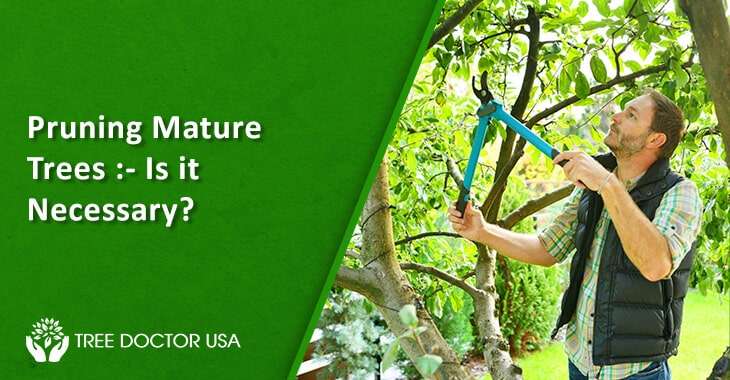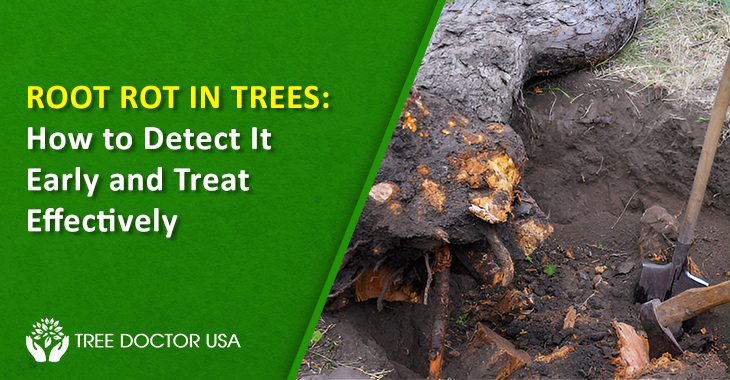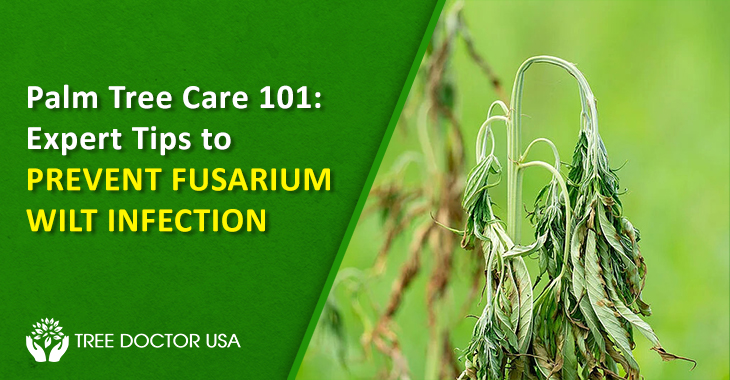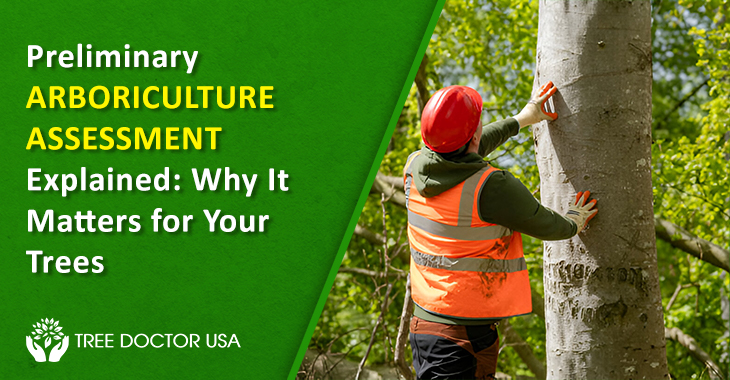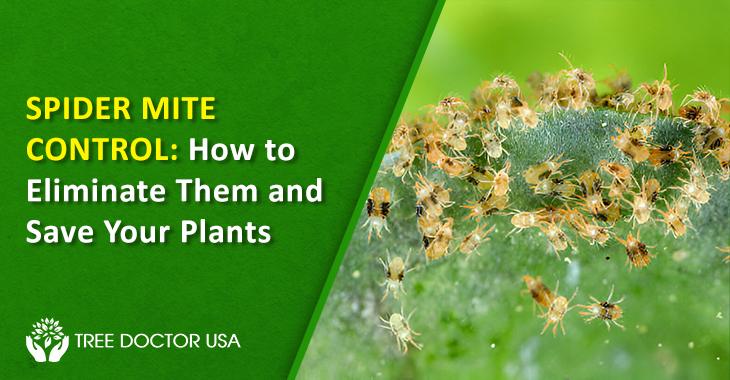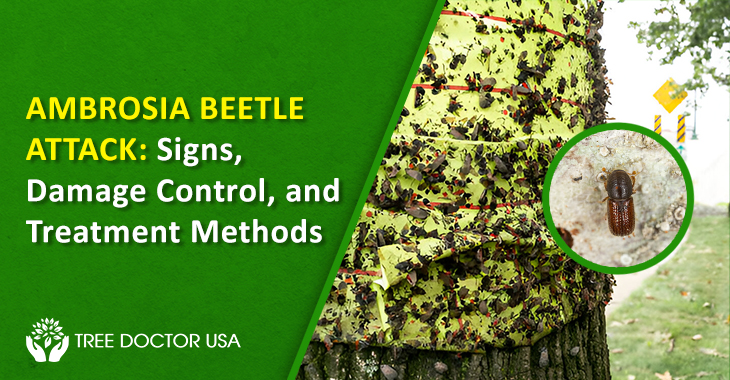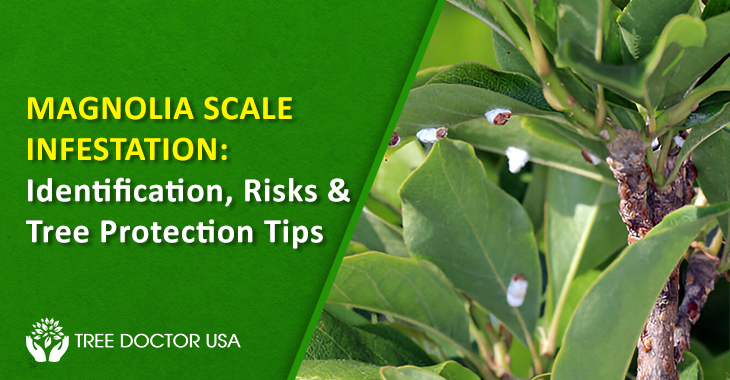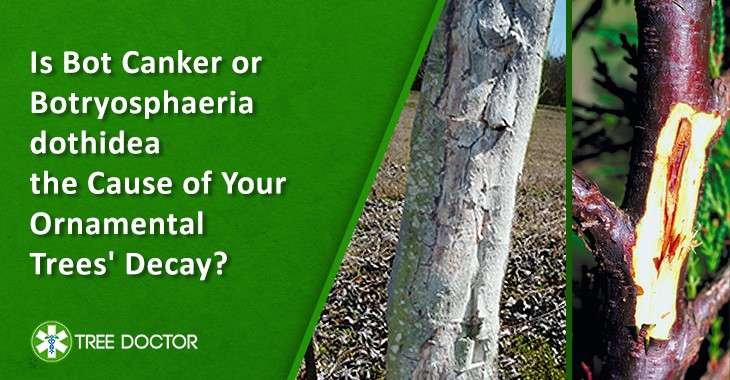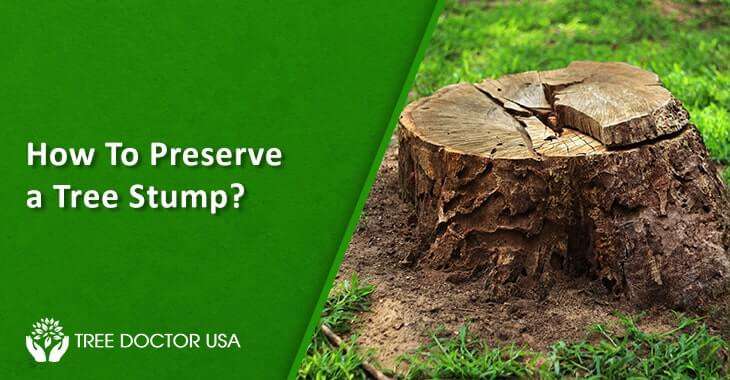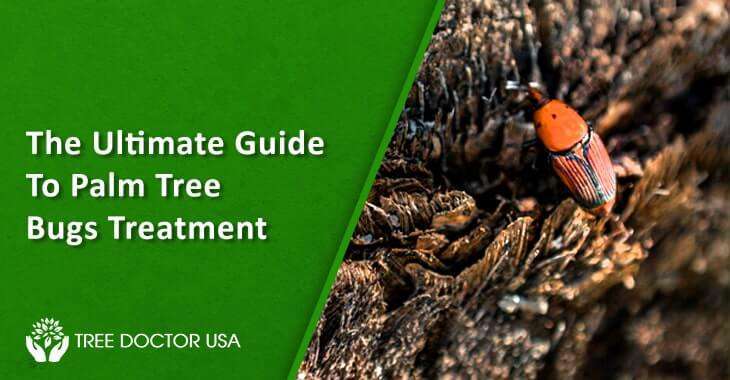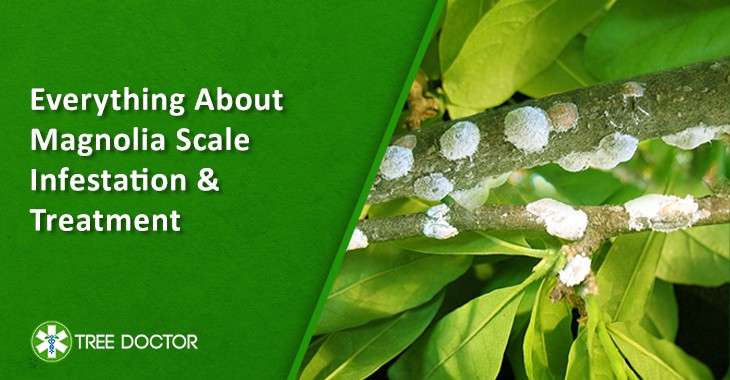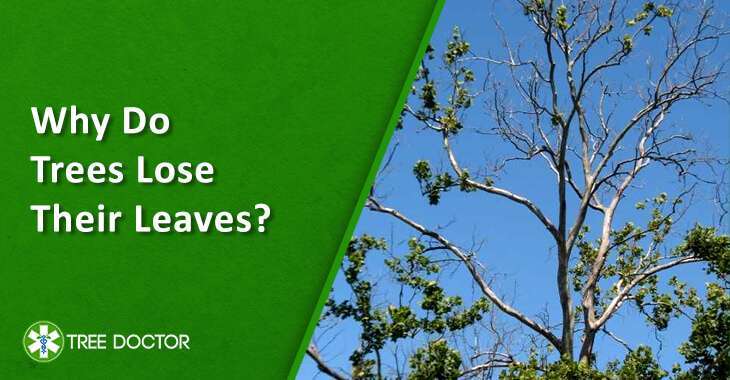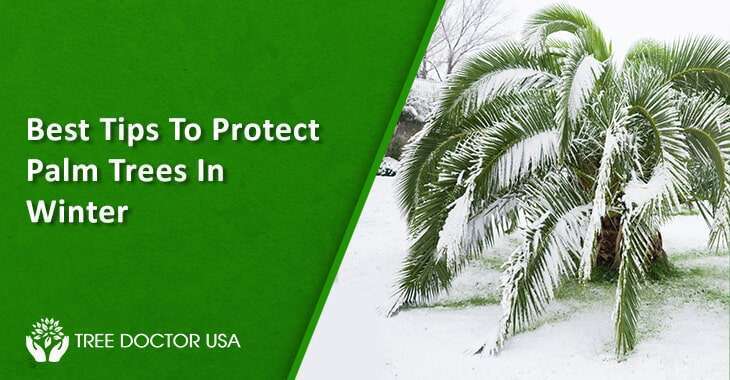Pruning Mature Trees: Is it Necessary?
Pruning rejuvenates the tree and strengthens it to sustain environmental challenges, harsh climate, and weather changes. However, pruning is an extensive practice containing various techniques. There are different methods to prune each tree, and it depends on the tree type and condition. For example, pruning mature trees is different than pruning young trees and plants.
Mature trees are weak, easy to prey for disease and pest infestation, and more susceptible to damage. They have a formed structure that is hard to prune or alter. You can only prune them for specific reasons using particular tools and techniques. However, this information is not enough, as there is so much more to tree pruning.
You need to consider many other factors while pruning mature trees. In this blog, we will discuss the topic in detail and help you with mature tree pruning techniques. You can use the knowledge next time when you pick up the tool to prune the old tree standing in your yard.
Significant Reasons For Pruning Mature Trees
Mature trees require less pruning, unlike young and growing trees. The purpose for pruning a mature tree includes size control, safety, dead and diseased branch removal, structural improvement, etc. You can also prune the tree to regulate air and sunlight penetration and help them travel through the canopy to tree roots.
Along with it, pruning is an effective technique to remove dead, diseased, and pest-infested branches to prevent the spread from reaching nearby trees. Through pruning, you can clear broken, loose, and hanging branches and stop them from becoming a cause of an uninvited accident. However, routine pruning does not contribute much to improving tree health. It only clears the view and stimulates new growth. You can try it for crown thinning and cleaning.
Best Time To Prune Mature Trees
There is no specific time for tree pruning. You can prune your trees if you notice overgrown, weak, dead, diseased, and pest-infested branches on the tree. Regular pruning doesn’t need any special weather or climate to show results. However, prune trees in the early spring if you want to control growth or close the tree wounds.
Trees like maples and birches start bleeding if trimmed early in the spring season. Also, avoid pruning disease susceptible trees during the active transmission period. Otherwise, they may spread the disease to nearby trees.
Tips To Prune Mature Trees
You must stay careful while pruning trees because improper pruning can harm the tree’s health and structural integrity. Follow these tips while pruning your mature trees to attain ideal growth and shape.
Follow The Good Rule Of Thumb
A good rule of thumb discourages the removal of live foliage from a grown tree until you don’t have a strong reason to do it. According to the rule, you must determine the reason behind pruning your mature trees. You should know your goals and what appearance you want to give to the tree after pruning. The step will determine the type and techniques of pruning.
Make Precise Cuts
Pruning cuts are a significant part of the process. They directly impact the growth and health of trees. However, while pruning, make cuts outside the branch collar. Avoid damaging or pruning the branch collar as it comprises trunk or parent branch tissues. If the trunk collar has fallen sick and is hanging loosely on the tree, cut the collar to remove it.
Avoid cutting the collar and reduce the weight of the large limb if you want to remove it. Make an undercut of about 12 to 18 inches where the limb is attached to the tree. Plan the second cut from the top and remove the limb while leaving a 12 to 18 inches long stub. After cutting the branch, remove the stub to prevent bark tearing.
Prune Mature Trees Till The Ideal Height
Don’t consider tree topping an option to shorten the tree height. Topping is injurious to tree health and structure. It impacts growth and leaves serious side effects that stay for years. So the best way to reduce tree height is pruning out the entire tree branches from their origin points. To shorten the height, remove branches from the tree crown and cut branches from the outside branch collar. Target the swollen areas at the laying at the branch base to heal the tree wounds.
Also Read: Guide On How To Prune Trees Perfectly
Prune The Tree To Clear The View
You can prune the tree to clear the view for onlookers or make a space for cars or foot traffic. To achieve the objective, prune or remove low branches to raise the tree crown. Avoid cutting the tree beyond two-thirds of the total height.
Use the tree-cut pruning technique to lay off thick branches.
- Cut upward halfway while taking it through the branch. Start from the origin point where the branch is attached to the tree.
- Cut downward halfway through the branch to shed off the extra weight.
- Make the final cut targeting the outer part of the branch collar.
Determine The Perfect Pruning Technique According To Your Objective
As we mentioned before, there are various tree pruning techniques, and you should pick the perfect suiting your objectives. We are listing each technique below, choose from them according to your requirements.
- I. Crown Cleaning: It includes the removal of rubbing, crossing, weakly attached, and low-vigor branches for growth control, safety, and view clearance.
- II. Crown Thinning: It is an effective practice to regulate sunlight and air penetration and improvise tree structure. It includes the removal of selected branches to open up tree foliage and help the tree retain its natural shape.
- III. Crown Raising: The practice involves branch removal from the lower parts of the tree. The intent behind crown raising is to offer clearance for vehicles, buildings, pedestrians, vistas, etc.
- IV. Crown Reduction: It reduces the tree’s size and controls overgrowth while putting it in a defined structure. You can prune the primary branch terminal to shorten the crown height. It will enable secondary branches to act as tree terminals.
Hire Experienced Arborists For Pruning Mature Trees
Gathering knowledge about tree pruning is not enough to master pruning techniques. It requires practice, expertise, tools, and experience to prune your mature trees. Consider hiring experienced arborists for better results. Experts will guide you through the process or take the authority of the work.
How Can Tree Doctor USA Help?
Tree Doctor USA is a family of ISA-certified arborists. Our team has extensive experience to manage the complexities of mature tree pruning. We are a licensed and insured company having the required resources and expertise to perform pruning in your yard. We follow all safety protocols and municipal guidelines and ensure the safety of the surroundings.
Conclusion
Pruning mature trees requires more knowledge and skills than pruning young trees. You should have adequate tools and safety gear to finish the task perfectly. You can learn it by investing time and effort. With time, you will understand and master the art of mature tree pruning to maintain your trees well.

